The soil rich in minerals when planting plants in pots sooner or later loses its beneficial properties, washed out with each watering, and the flower requires constant recharge for full development.
There are specially designed complexes for certain types of flowers, mineral, organic fertilizers, as well as folk remedies that extend the life of flowers and improve their appearance. One of the proven inexpensive and affordable means is ammonia, which can be bought as a solution in a pharmacy and successfully used for dressing indoor flowers.
Content
Characterization and chemical properties of ammonia
Ammonia is a diluted ammonium hydroxide with various concentrations of ammonia, the most popular version of 10% can be found in any pharmacy, 25% of the drug is also common, but it is sold only in specialized fertilizer stores. At the same time, ammonia is a gas that has a high level of solubility in water, depending on its temperature; with increasing temperature, its solubility decreases.
This drug is a clear, liquid solution with a specific ammonia odor, unpleasant for people and animals. From the point of view of chemical composition, this is a very simple concentrate, popularly called it ammonia.
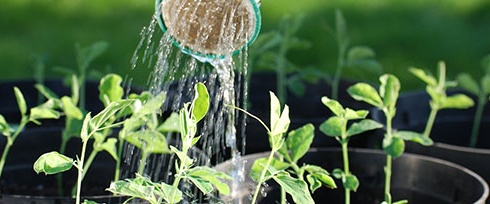
Apply this substance in the following areas:
- Agriculture;
- chemical industry;
- medicine, the most popular remedy for fainting;
- antiseptic;
- purification of copper alloys.
The use of ammonia for indoor plants
An affordable and cheap option for nitrogen fertilizer can be confidently called an ammonium solution, which is sold in pharmacies and specialty stores. Since all flowers need nitrogen directly from the soil, then they need such top dressing for normal development. When using ammonia as a top dressing, plants quickly get the nitrogen needed to produce chlorophyll, since the product is immediately absorbed without additional processing.
Ammonia is widely used in flower growers in the form of a mixture of different concentrations, it perfectly suits these colors:
- lily;
- geranium;
- nasturtium:
- clematis;
- violet.
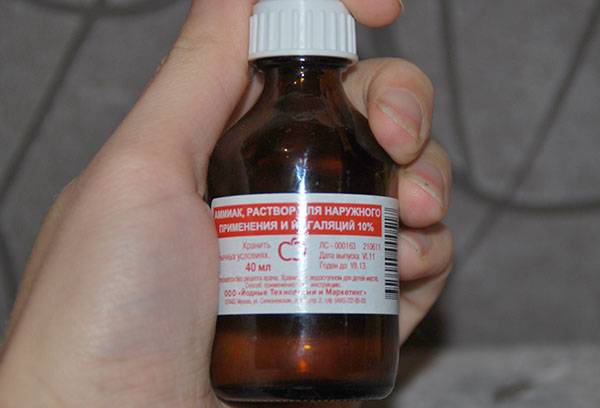
The second option for the widespread use of this substance in amateur gardeners is to use it to increase the resistance of plants to various pests and diseases, since ammonia liquid has a positive effect in the fight against various pests and diseases.
Solution preparation and dosage calculation for flowers
In order to help indoor flowers, it is important to correctly calculate the right amount of any fertilizer, so as not to spoil the flowers. The same applies to the ammonium solution. It can be used for three main purposes:
- processing and disinfection of pots in which planting of indoor flowers is planned;
- direct top dressing of greens;
- pest control and insect protection.
Options for the required concentrate depending on the expected result:
- To prepare a disinfectant, grate 100 g of laundry soap into the chips, it is best to take the usual brown 72% without additives and flavorings. Prepare 5 l of hot water and dilute the soap in it, then add 60 ml of ammonia (10%). Wash the pots thoroughly with the resulting liquid and rinse them under running water, after which you can plant flowers without a doubt.
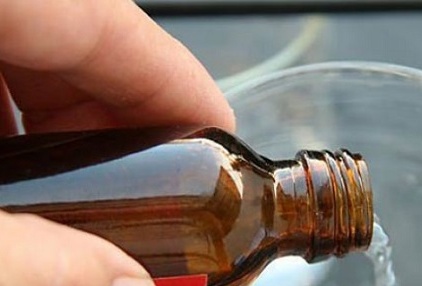
Ammonia solution - It is recommended to use different mixtures for decorative foliage and flowering plants at home. For hardwood, the option of 2 tbsp. tablespoons of ammonia solution mixed with 1 liter of cold water. Use this fertilizer once a week. To improve the living conditions of flowering specimens should be watered with a weaker version of the mixture: 1 tbsp. a spoon of ammonia per 1 liter of water. Such feeding should begin a few days after the appearance of the buds.
- The most common pests entering the house are aphids, weevils and midges. To eliminate them, such options for drugs from ammonium are suitable:
- aphids: dilute 50 ml of an alcohol solution in 7 liters of water, you can spray and water with such a tool;
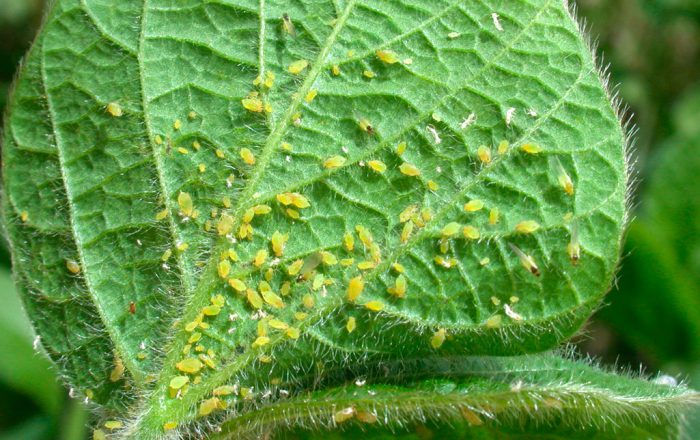
Aphids on indoor plants - weevil: 25 ml of ammonia per 5 liters of cold water for watering the soil;
- midge: mix 25 ml of liquid with 2 l of settled water, suitable for irrigation.
- aphids: dilute 50 ml of an alcohol solution in 7 liters of water, you can spray and water with such a tool;
The proposed options for the preparation of nitrogen products for plants are universal. It is important, given the size of the pot and the flower itself when watering or spraying with a solution.
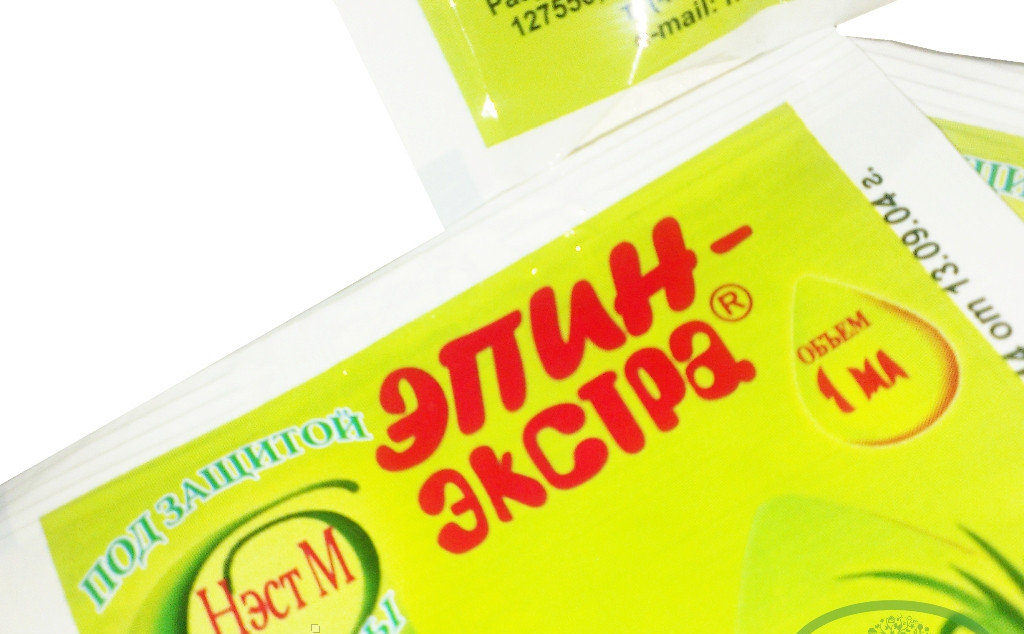 You may be interested in:
You may be interested in:Rules for using the drug for indoor plants
It is best to use ammonia in order to make up for nitrogen loss, “cheer up” deciduous during their active growth and improve flowering when buds appear, but this type of organic fertilizer should not be used to constantly feed plants.
Spraying foliage
When using an ammonia mixture, it should not be allowed to fall on the leaves of indoor flowers, since it can cause burns to the flowers. If this still happened, then rinse the plants from the sprayer with running water to remove any residual ammonia.
Pest protection
To prevent the occurrence of pests, you can water the plant at the foot with a universal solution of ammonia with water immediately after planting, this procedure will create additional disinfection of the soil.
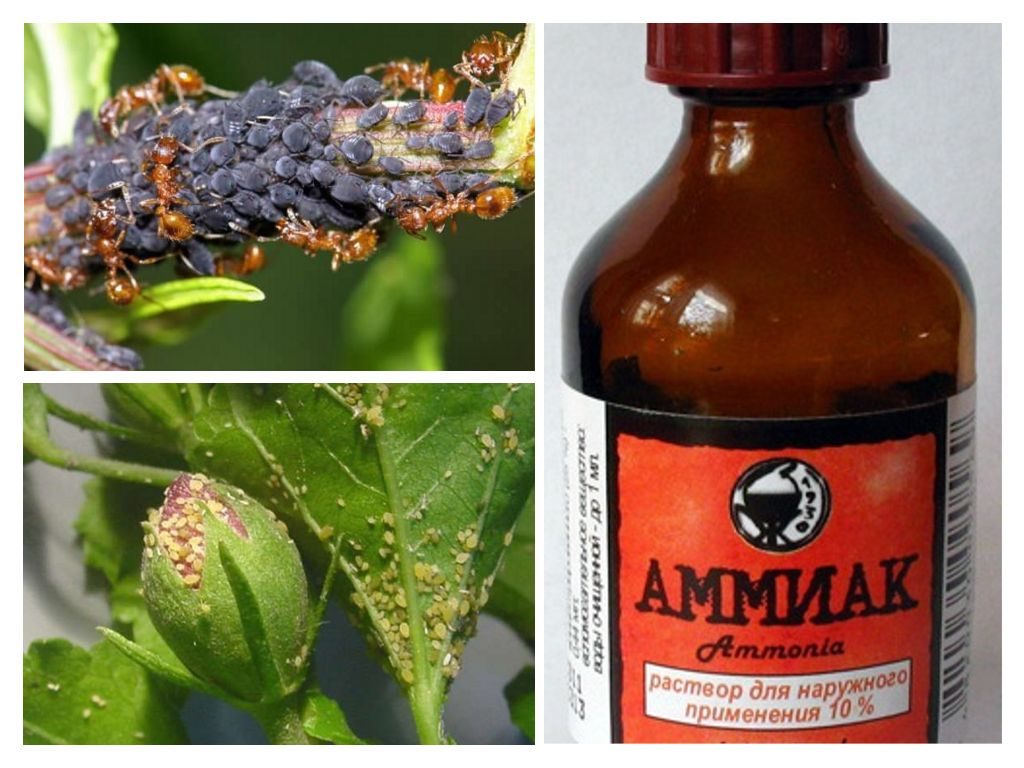
Usually it is enough to carry out 1-2 such procedures to get rid of insects, if necessary, you need to repeat watering until the flowers are completely recovered. However, you should not carry out processing more often than once a week or increase the concentration of ammonia in water for irrigation, as this can lead to the destruction of decorative greenery.
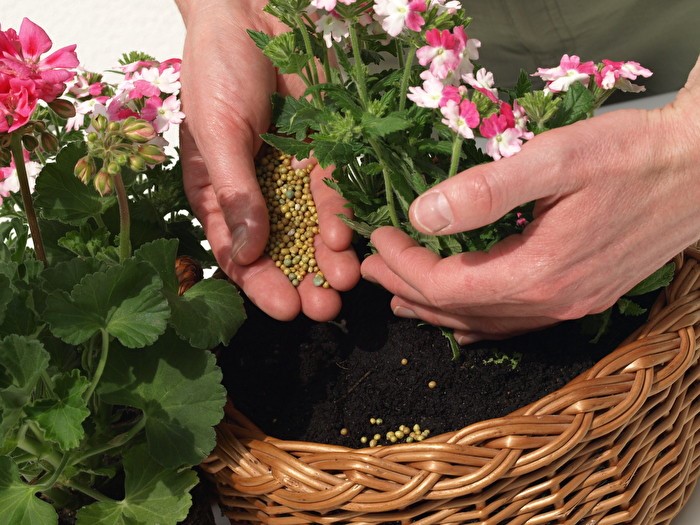 You may be interested in:
You may be interested in:Root dressing
The most common way to use ammonia is to fertilize flowers. For indoor plants, root watering is excellent. Its use is appropriate during the period of active growth of flowers during March-September. At this time, it is enough to feed the flowers once or twice a month, if they do not show signs of a lack of nitrogen.
Safety when using ammonia
The ammonia solution is a poisonous substance even at a low concentration of 10%, therefore it is very important to observe safety rules when working with the substance in order to protect itself and plants from the damage that it can cause.
For the plant
When working with flowers, it is very important not to use excessive doses of ammonia, which harm flowers by degrading the quality of the soil. It is necessary to calculate the required amount of concentrate for irrigation, avoiding its contact with deciduous cover.
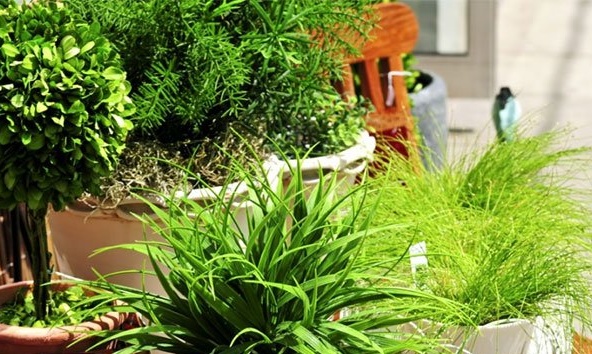
It is important to adhere to the recommended feeding regimen, since reducing the interval between waterings will not benefit the flowers, but rather, on the contrary, will lead to decay of the root system. In this case, you can not use a solution of ammonium simultaneously with other nitrogen fertilizers.
For man
Ammonia vapors can seriously harm human health and cause poisoning or an allergic reaction, therefore it is important to adhere to such rules when working with the substance:
- be sure to use latex gloves, an apron, glasses, a respirator;
- check the integrity of the containers in which the substance is diluted;
- prepare fertilizer only in well-ventilated areas so that the typical odor quickly disappears;
- wash containers under running water that were used in the process of creating the mixture;
- Do not use the substance if you are allergic to it;
- avoid contact with the solution of children and animals.
You should not ignore these rules even if you need to prepare a small amount of liquid for irrigation, which when burned on the skin causes burns, as well as disruption of the mucous membranes and respiratory tract.
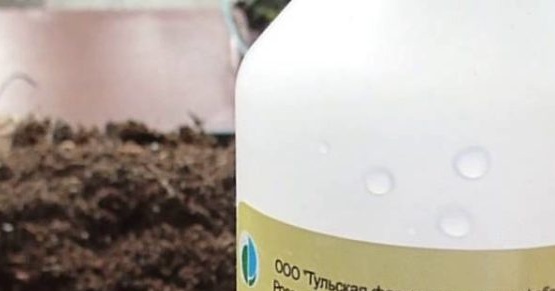 You may be interested in:
You may be interested in:Common questions
- brittle flower stems;
- too light and yellowish leaves;
- lack of ovary;
- short flowering or lack thereof.
Having noticed such conditions, you should pay attention to nitrogen fertilizers and make them.
A solution of ammonia is a universal remedy that helps to compensate for the nitrogen deficiency in indoor plants, and also allows for the prevention of their diseases. You should not get carried away with this tool as the only option to improve the condition of the flowers, because in some cases it can harm plants and the human body if the rules for working with it are not followed.

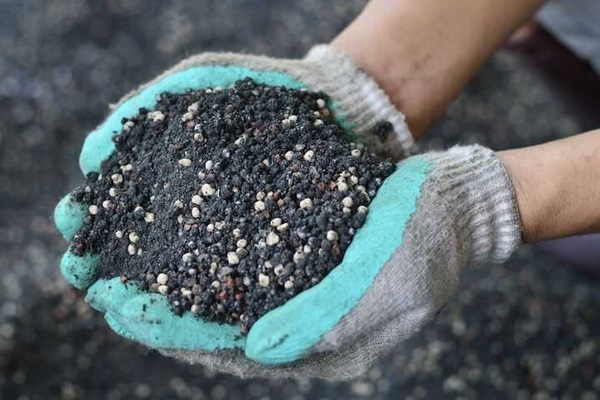
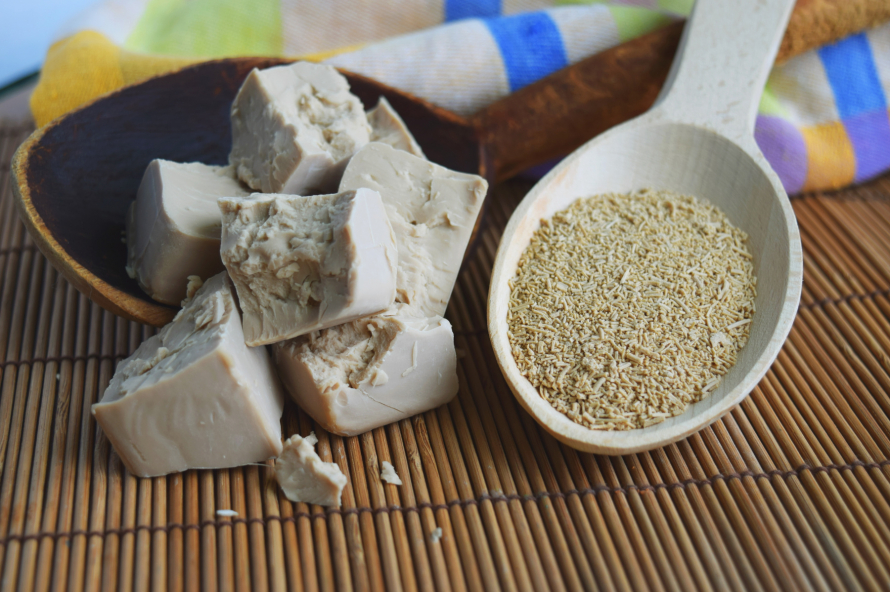
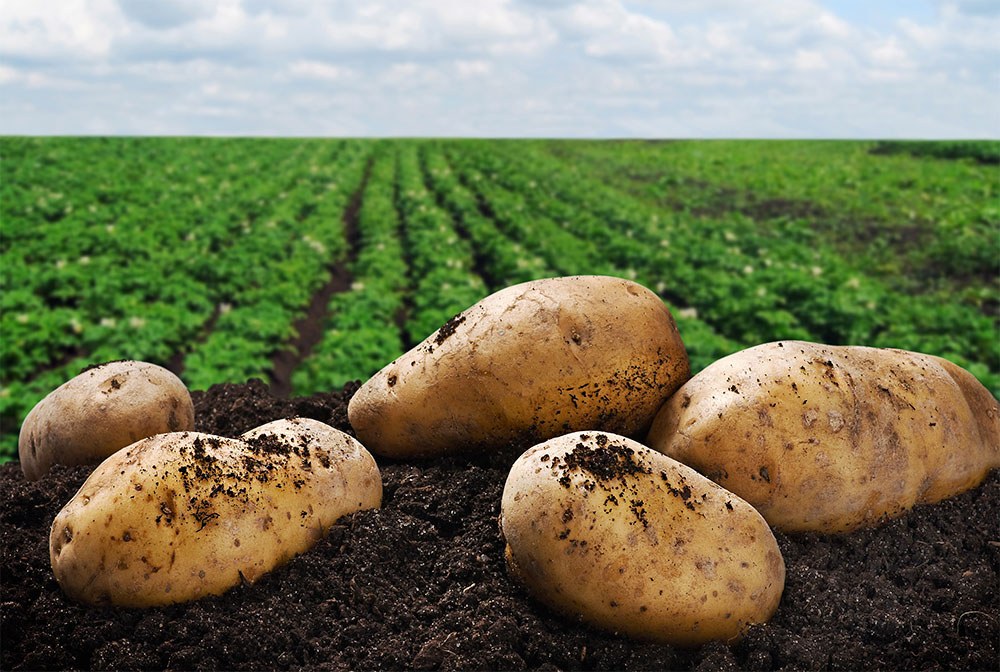
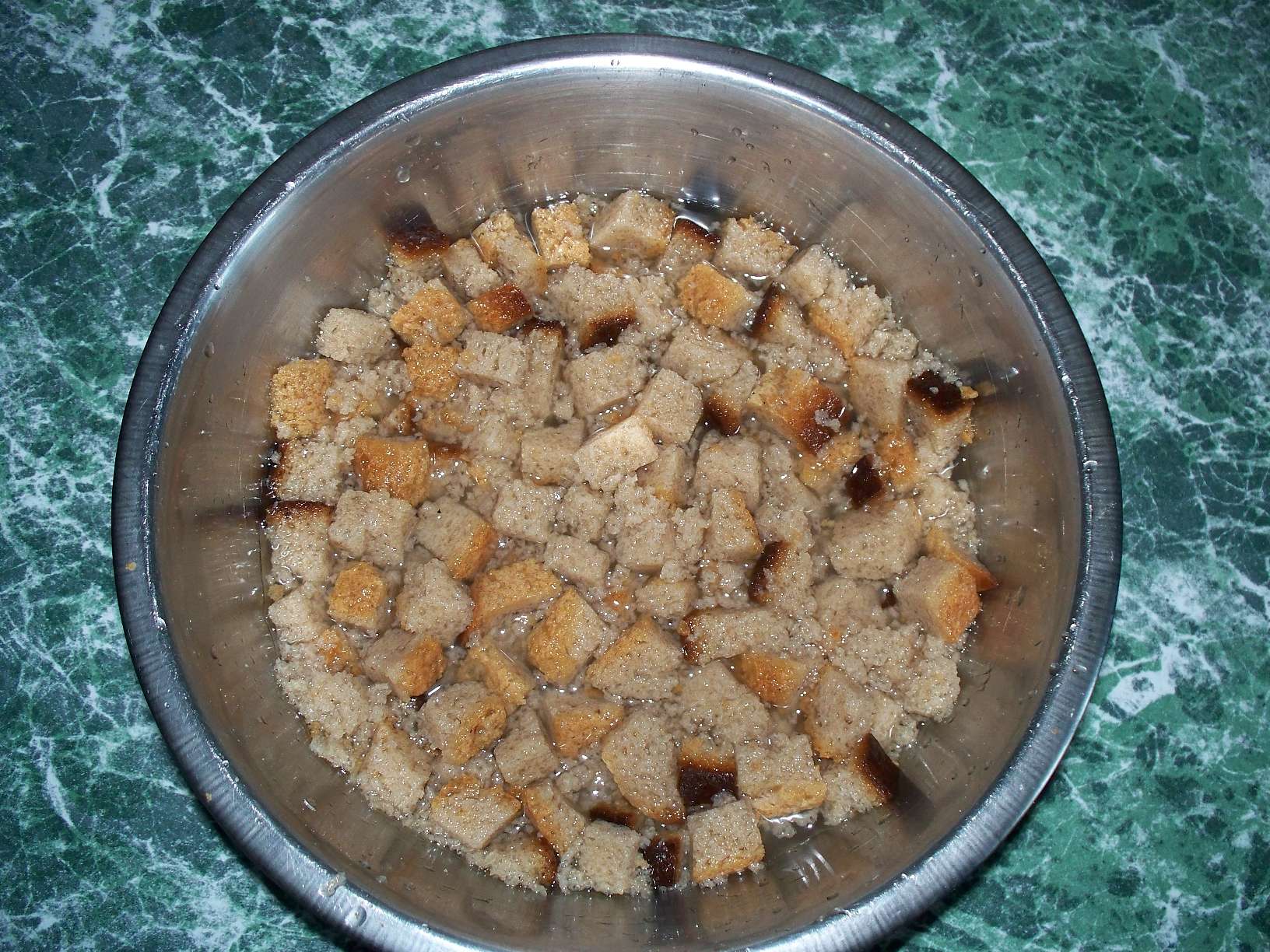 How to make bread infusion for feeding cucumbers
How to make bread infusion for feeding cucumbers Superphosphate: what is it and how to apply it
Superphosphate: what is it and how to apply it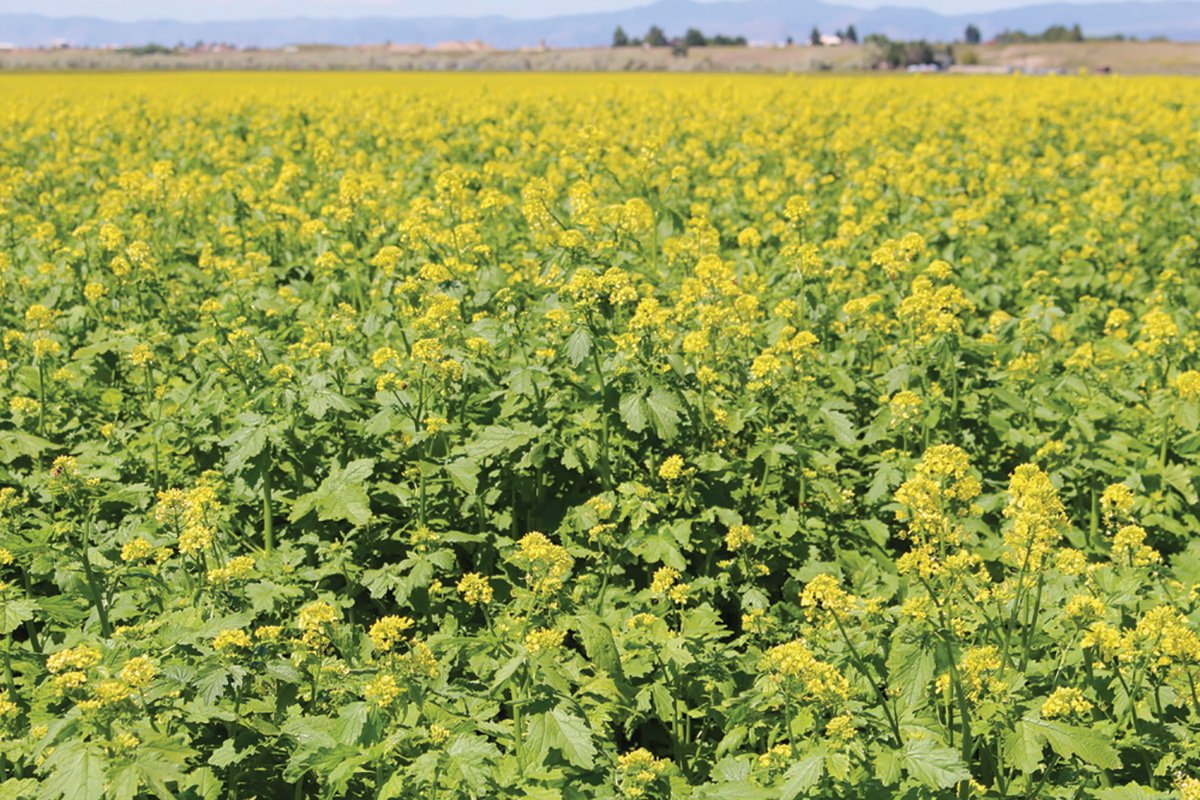 What problems can be expected from siderats?
What problems can be expected from siderats?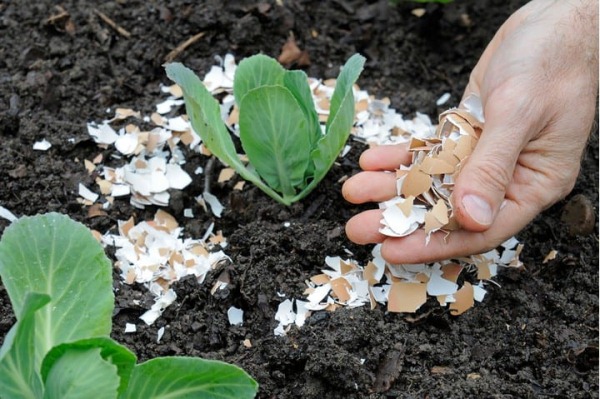 Secrets of the collection, storage and use of eggshells in the garden
Secrets of the collection, storage and use of eggshells in the garden
Vladimir Tambovtsev
Nothing at all! How many drops of funds per bucket of water, in general, all doses for watering, spraying, top dressing - not a word about it! Who generally accepted and skipped this water for publication? dull cabin